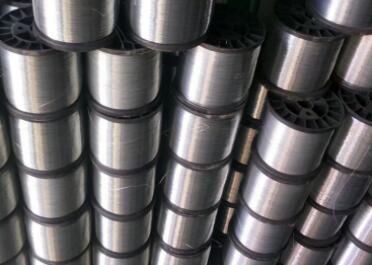The Versatility and Advantages of Perforated Stainless Steel
In the world of materials engineering, few substances can rival the durability, aesthetic appeal, and functional adaptability of stainless steel. Among its various forms, perforated stainless steel has emerged as an increasingly popular choice across a wide range of industries and applications. This article will explore the properties, benefits, and diverse uses of perforated stainless steel, highlighting why it is a preferred material in modern design and manufacturing.
Perforated stainless steel is essentially stainless steel that has been punched with a series of holes or openings. This process not only enhances its visual appeal but also significantly alters its physical properties, making it a highly versatile material. The size, shape, and arrangement of the perforations can be customized according to specific requirements, allowing designers to achieve unique aesthetic effects and functional characteristics tailored to their needs.
One of the primary advantages of perforated stainless steel is its exceptional durability. Stainless steel, by nature, is resistant to rust, corrosion, and staining, which makes it ideal for both indoor and outdoor applications. When perforated, this material retains its robustness while benefiting from reduced weight and enhanced airflow—qualities that are particularly useful in architectural designs, industrial applications, and various forms of filtration. The combination of longevity and lightweight construction ensures that perforated stainless steel is an economical choice over time, as it requires less maintenance and replacement.
In the architectural world, perforated stainless steel has gained popularity for façades, sunshades, and decorative elements. Its ability to allow light and air to penetrate while providing shade and privacy makes it a favored option for modern building designs. Architects appreciate the aesthetic flexibility that perforated patterns can bring to their projects, as different arrangements can create various visual effects while maintaining functionality. From retail spaces to cultural institutions, perforated stainless steel can transform ordinary structures into striking works of art.
perforated stainless

Furthermore, in industrial settings, perforated stainless steel is often employed for safety and efficiency. It serves as a protective barrier in equipment and machinery, allowing for ventilation while keeping out debris and hazards. This functionality is vital in settings such as manufacturing plants, food processing facilities, and laboratories, where maintaining a clean and safe environment is crucial. Additionally, perforated stainless steel is used in filtration systems, where its precision-engineered holes facilitate effective separation and filtration of liquids and gases.
Another significant advantage of perforated stainless steel lies in its ease of fabrication and versatility. The material can be easily cut, shaped, and assembled into various forms, making it suitable for a multitude of applications. Whether it’s panels, screens, or custom designs, manufacturers can quickly adapt perforated stainless steel to meet specific project requirements. This adaptability not only accelerates the production process but also allows for greater creativity in design.
Sustainability is also a critical consideration in contemporary manufacturing, and perforated stainless steel is inherently conducive to eco-friendly practices. Both the stainless steel itself and the fabrication process can be highly sustainable, with many manufacturers utilizing recycled materials. Additionally, stainless steel is 100% recyclable at the end of its life cycle, making it a responsible choice for environmentally conscious projects.
In conclusion, perforated stainless steel stands out as a material that combines durability, aesthetic appeal, and functional adaptability. Its numerous applications across various industries—from architecture to filtration—demonstrate its versatility and practicality. As industries continue to prioritize sustainability and innovative design, the use of perforated stainless steel is poised to grow even further, solidifying its status as a cornerstone of modern material engineering. Whether for structural, aesthetic, or functional purposes, perforated stainless steel is an exemplary choice that meets the demands of today’s demanding environments.

















